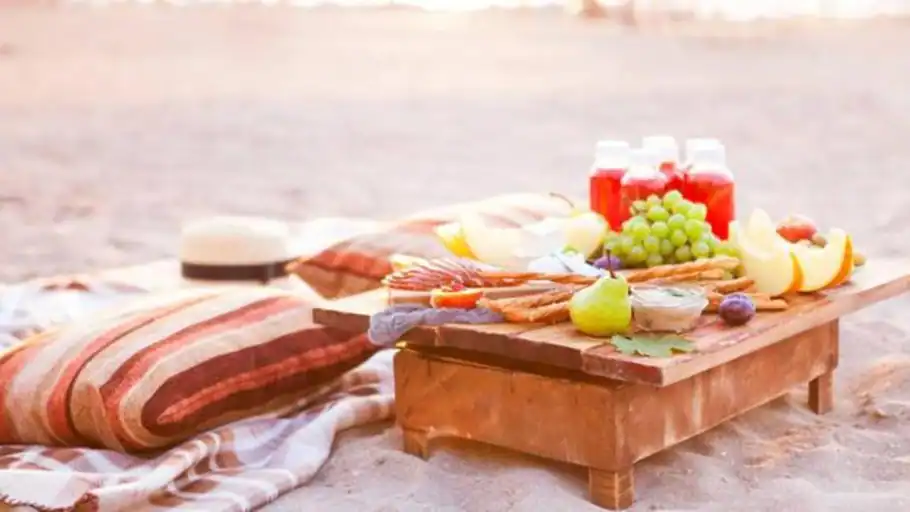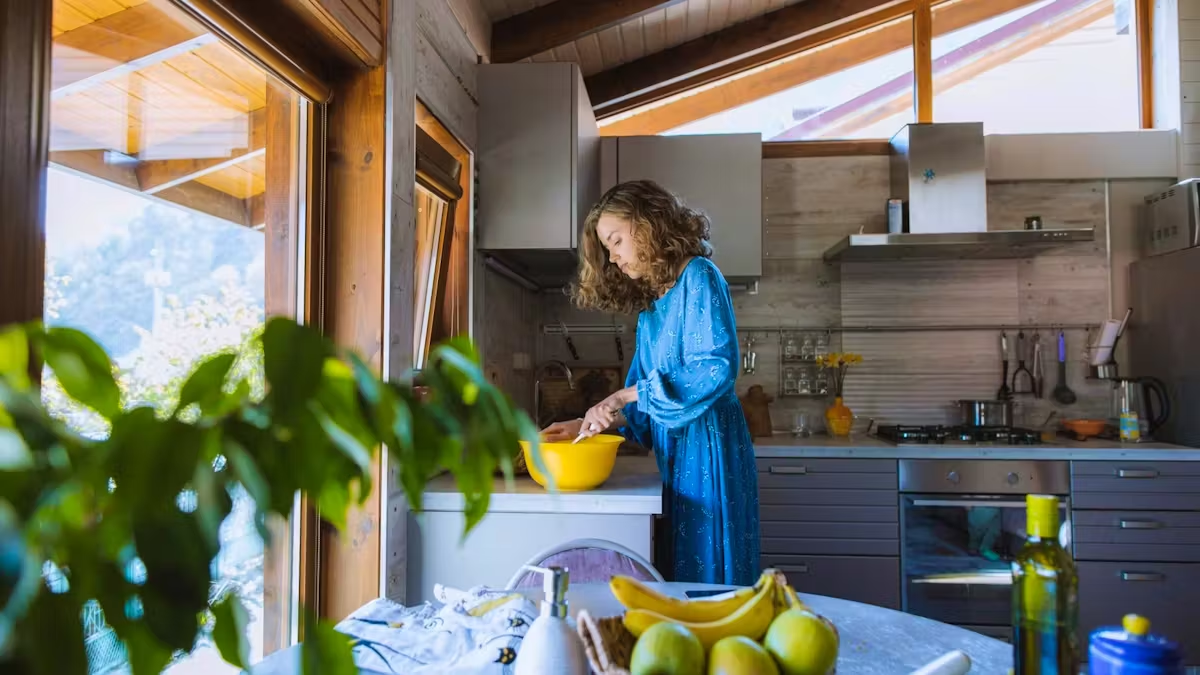
Pro Tips: Eight Mistakes to Avoid When Cooking
Published
Pro tips: Eight mistakes to avoid when cooking
In restaurant kitchens, hygiene criteria are very strict, unlike what is practiced in domestic kitchens. We are going to give you some tips to improve food safety at home.

- by
- Celina Euchner
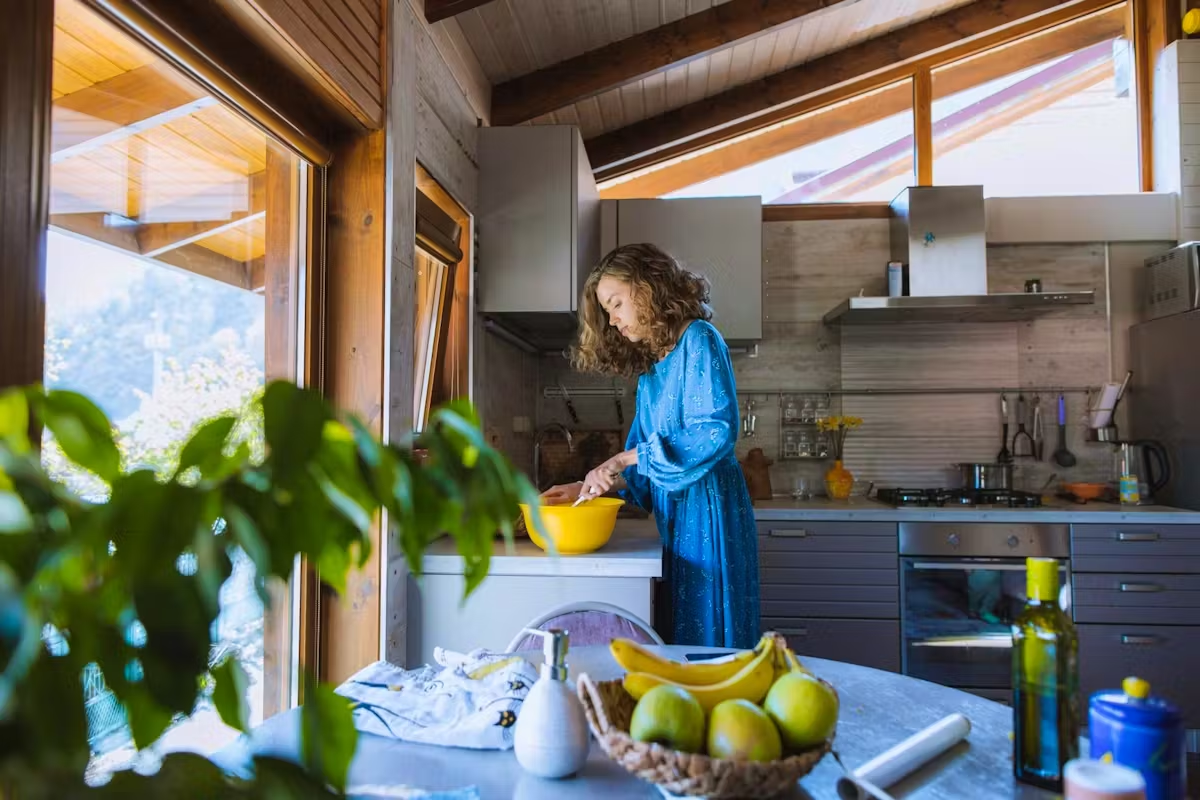
At home, kitchen hygiene is taken much less seriously than in a restaurant kitchen.
PEXELS/ANASTASIA SHURAEVA
Who doesn't dream of knowing how to cook like a chef? You still need to know the basic rules of hygiene in the kitchen. Because there are things we do in our kitchen every day that a catering professional would never do. Want to cook like a pro? So don't make these eight mistakes again!
1. Lick the spoon “to taste”
In restaurant kitchens, no one licks the spoon “to taste”, whereas at home, this can happen. After all, you have to know if there isn't a little something missing from the preparation, right? The same ladle that was used for tasting is therefore generally reused to stir the food. A gesture that a catering professional would never do. The latter would change spoons to taste the preparation.
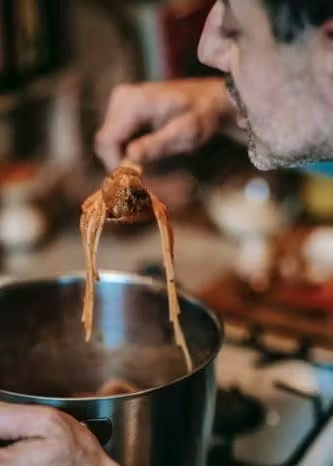
Licking the spoon used to stir food should be banned.
Pexels/Gary Barnes
“Since an individual is a potential carrier of pathogens such as Staphylococcus aureus, tasting food using a kitchen spoon results in the transmission of bacteria to the food,” explains food scientist Ellen Shumaker at Huffpost.
Obviously, nothing stops you from tasting your dishes, as long as you use a clean spoon.
2. Thaw food at room temperature
It's the classic scenario: In the morning, you take the chicken meat out of the freezer that you plan to cook for dinner. In the meantime, you leave the meat to defrost on the kitchen counter and go to work. If this situation sounds familiar to you, you would do well to follow the following pro tip.
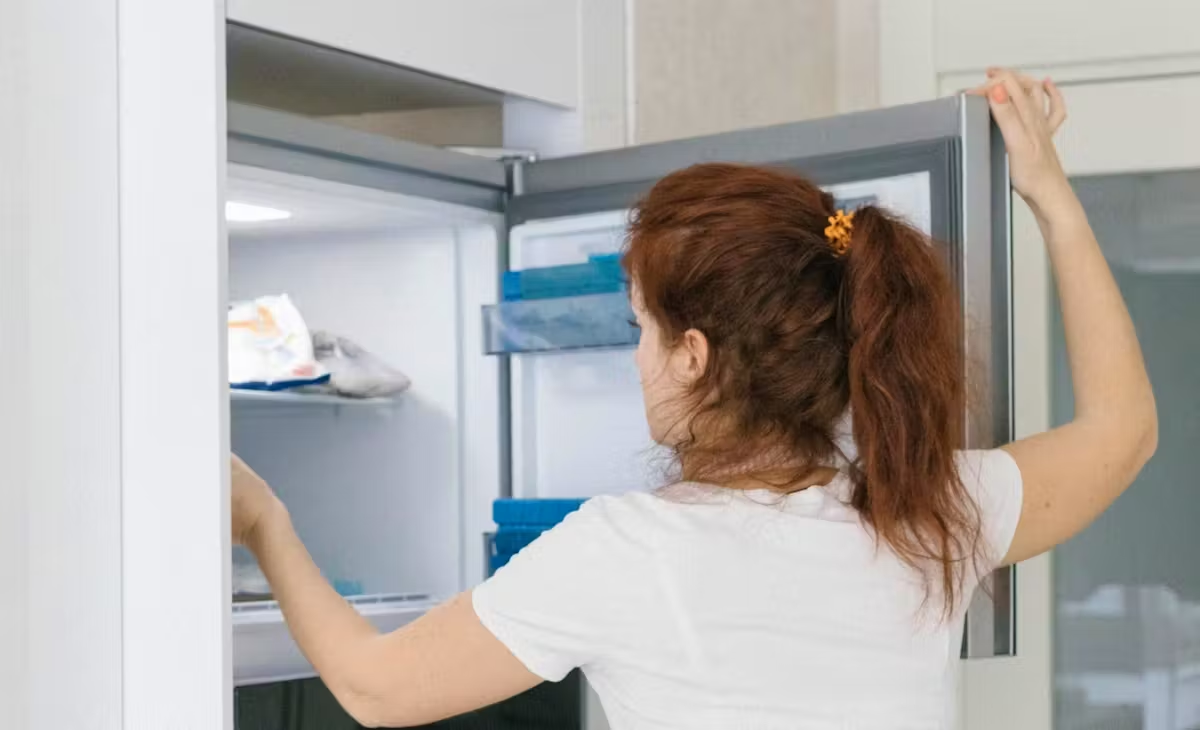
It is best to thaw meat or fish in the refrigerator.
PEXELS/ MERUYERT GONULLU
As Martin Bucknavage, a food safety expert at Pennsylvania State University, explains, thawing food at room temperature “can result in poor temperature regulation of the food.”
It warns that “in the presence of raw meat or fish, this may even lead to product deterioration and the development of bacterial pathogens.” His advice: thaw food in the refrigerator for about four hours.
3. Stuffing food upside down in the refrigerator
Regarding the refrigerator, the experts also have their opinion to give on the matter. Because who has never experienced this situation where, after doing the big shopping, we stuff everything, as quickly as possible, inside the refrigerator? Forgotten the clever and well thought-out storage system! Food ends up where there is room.
But there's a good reason why kitchen professionals never stock a refrigerator haphazardly: to avoid cross-contamination, as Ellen Shumaker explains.
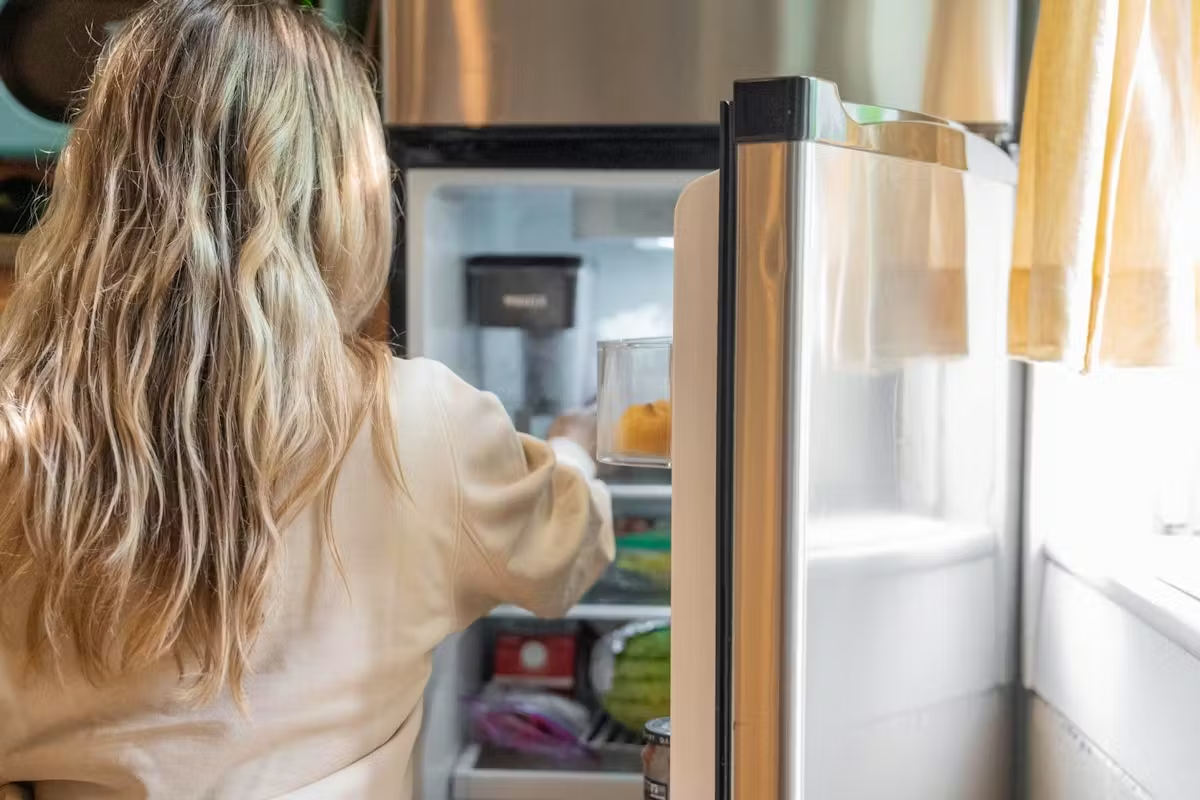
There are rules when it comes to storing a refrigerator. Experts recommend separating meat and ready-to-eat foods.
PEXELS/ KEVIN MALIK
Indeed, raw foods can contain pathogens. To avoid any contamination, they must therefore not come into contact with food ready to be consumed.
The expert therefore recommends “putting raw chicken and other meats on the bottom shelf of the refrigerator and keeping vegetables and other fresh foods in the upper part.”
4. Highlight your favorite foods
Honestly, what do you see first when you open your cupboards? Your favorite foods or those with the closest expiration date? If these are your favorite dishes, you're making an unprofessional mistake.
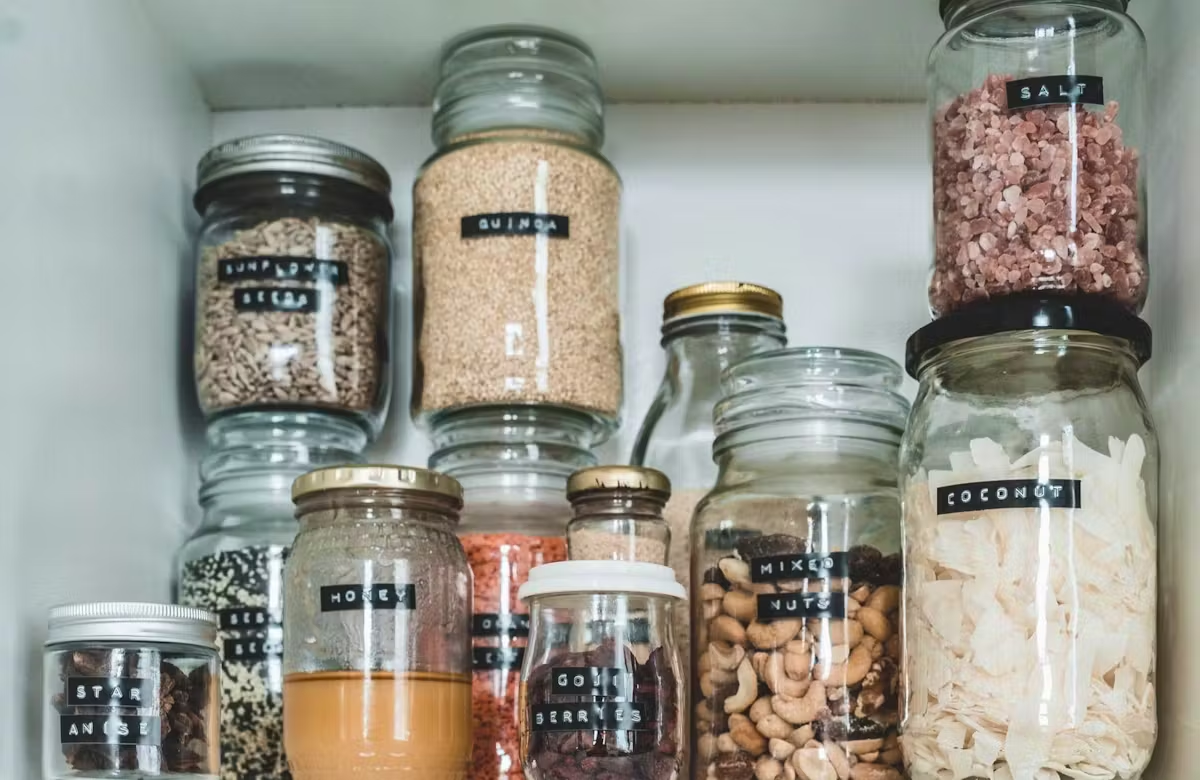
What's in the front and back of your cupboards? Experts advise adopting the “first in, first out” method.
PEXELS/TARYN ELLIOTT
In restaurant kitchens, the “first in, first out” method is used, as expert Martin Bucknavage reveals.
This involves “using the oldest product first based on its expiration date”. This ensures that everything will be consumed and that you will not forget expired food in the back of the cupboard.
5. A pet in the kitchen
A restaurant kitchen is a pet-free zone. On a daily basis, however, dogs and cats are constantly moving around the apartment, shedding hair and licking the floor or anything else within their reach.

Dogs, no matter how cute they are, have no place in a kitchen when meals are being prepared.
PEXELS/SAMSON KATT
Catering professionals recommend prohibiting pets from entering the kitchen. If this is not possible, it is advisable to wash your hands thoroughly after each contact with the animal, however brief it may be.
6. Stack wet cutting boards
Cutting boards are always in the spotlight when it comes to food safety. If they are not cleaned thoroughly and at a sufficiently high temperature, bacteria remain embedded there.
The risk remains even if you have scrubbed your cutting board thoroughly. Martin Bucknavage advises not to stack the boards after washing.
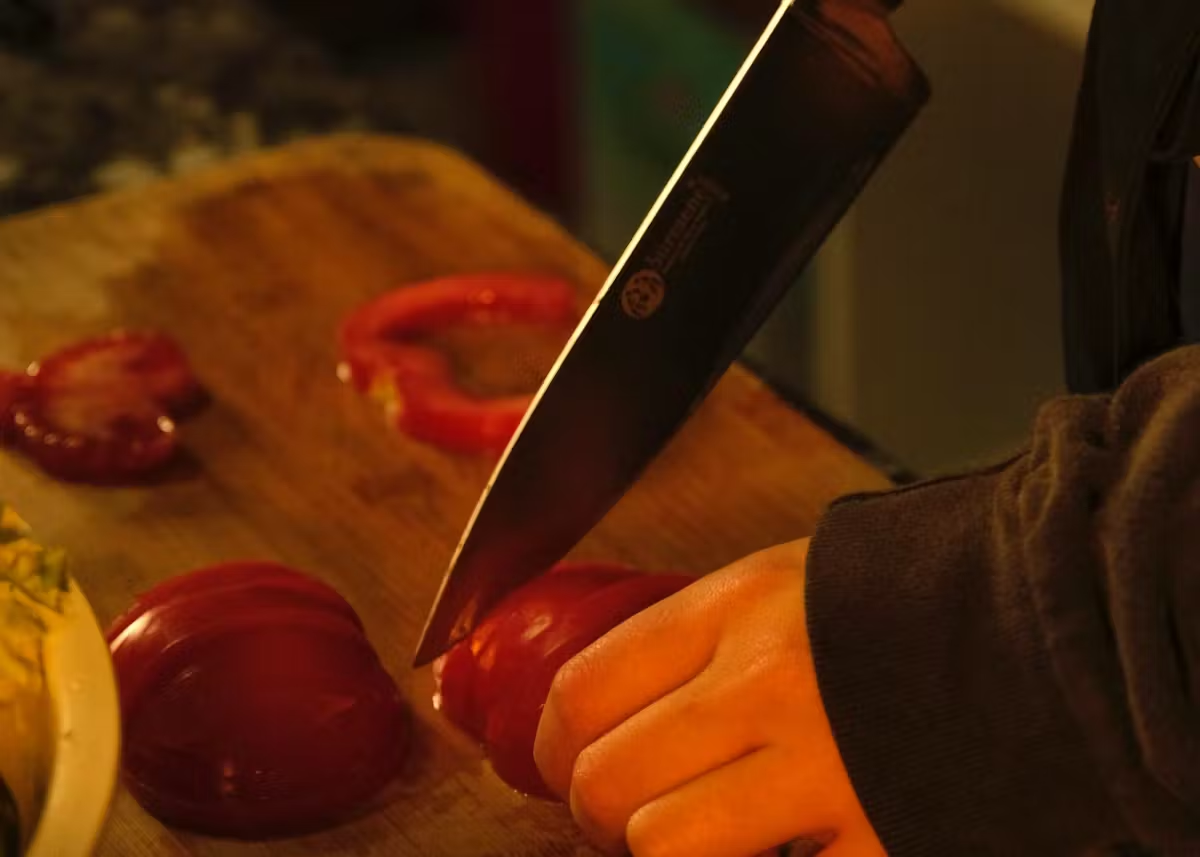
Of course, it is important to clean cutting boards well. For food safety reasons, it is just as important to store them properly after washing.
PEXELS/DILARA IREM
And for good reason: “this guarantees their good drying. When boards are stacked on top of each other, moisture accumulates, which can lead to the formation of mold,” explains the expert. And no one wants to have mold on their cutting board or in their food.
7. Not monitoring temperature
The two experts make a unanimous observation: the kitchen utensil that is missing in most households is the food thermometer. However, it is important, especially for chicken, to check whether the meat is cooked through. The kitchen thermometer will make you a “real” pro.
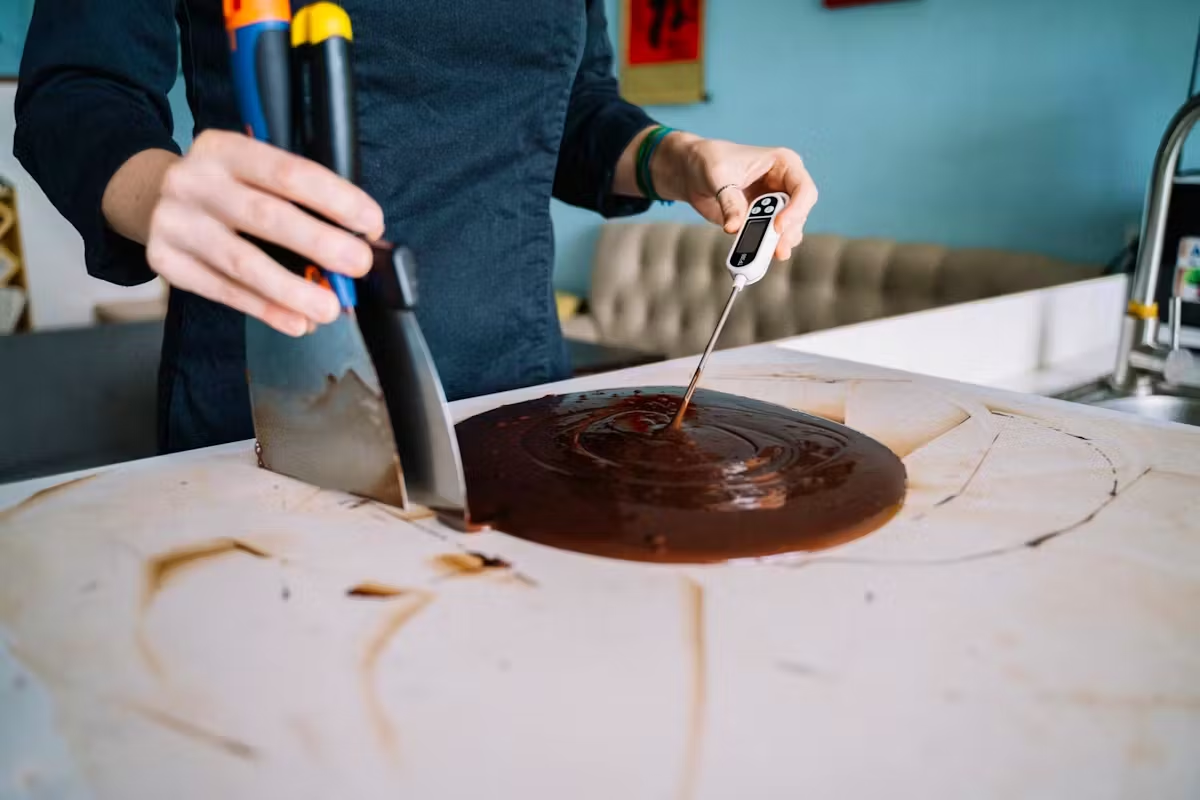
The thermometer is a kitchen utensil that few have in their kitchen, but which is nevertheless essential for food safety.
PEXELS/ANNA TARAZEVICH
The temperature of the home refrigerator is also important. According to experts, this should be around 5°C. When was the last time you checked how much the dial was set in your refrigerator? Besides, are these degrees or levels of cold?
8. Dry the cutlery using a dish towel
Food inspectors would be grim if they knew how long non-professionals use a dishcloth without it being put through the washing machine. It is best not to dry dishes with a cloth, especially cutlery.
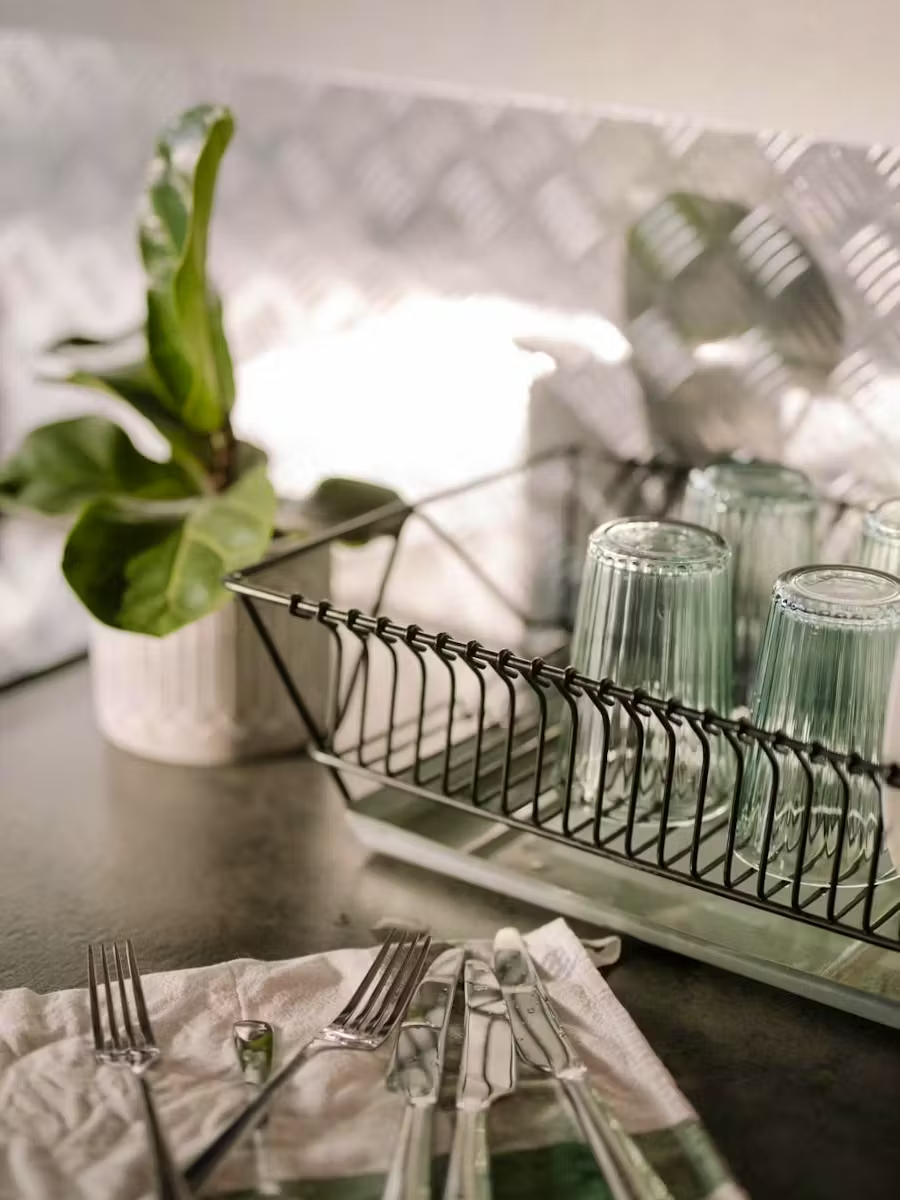
Rather than using a used cloth, it is better to let the cutlery air dry.
PEXELS/COTTONBRO STUDIO
“Wiping dishes with a cloth can contaminate the utensils if they are not clean,” explains Ellen Shumaker. She advises instead to air dry the cutlery.

Russell age 28 years Studying in world cooking I have a degree in England
Studying in world cooking I have a degree in England

